Matter is more than what we see—it’s a story written across billions of years.
The atoms forming our bodies have traveled through unimaginable distances and epochs,
shaped by cataclysmic events like the Big Bang and the fiery lifecycles of stars.
Nearly every atom inside you—carbon, oxygen, calcium—originated long before Earth itself.
Yet, there is one extraordinary exception: a radioactive element, constantly renewed, that defies the rule of cosmic antiquity.
Join us as we unravel the fascinating journey of your atoms and reveal which element rewrites the rules of time.
1. The Birth of Hydrogen in the Big Bang
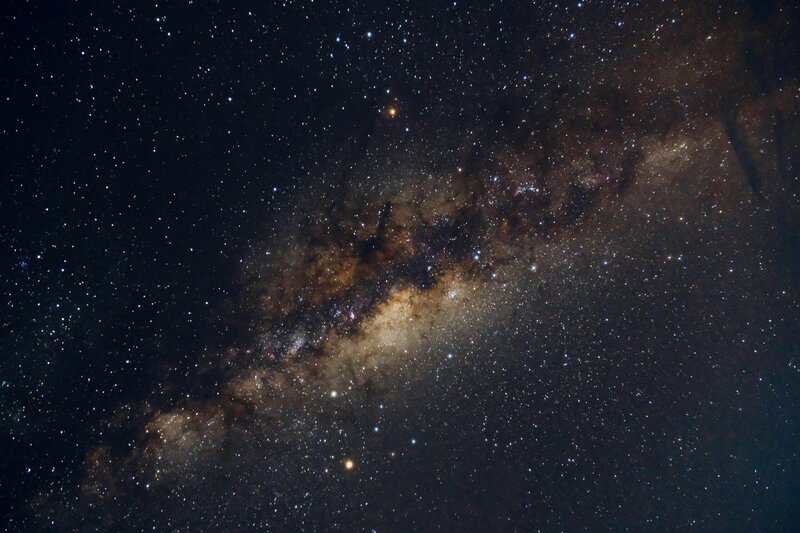
Hydrogen, the simplest atom, emerged just minutes after the universe began—making it the oldest element found within us.
These ancient hydrogen atoms, forged during the Big Bang nearly 13.8 billion years ago, are still present in every drop of water and strand of DNA in our bodies.
Their presence connects us directly to the universe’s first moments, offering a profound link to our cosmic origins.
NASA
2. Helium’s Ancient Stellar Origins
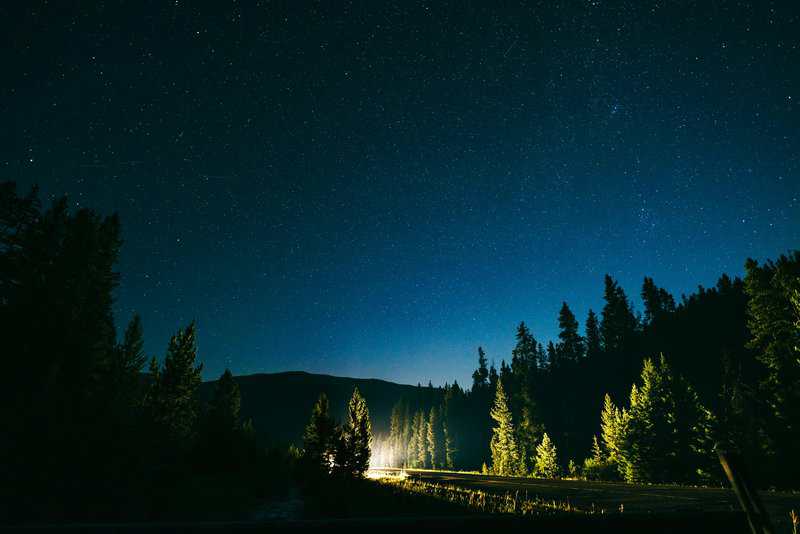
Helium formed in the aftermath of the Big Bang, but it is also born anew in the fiery hearts of stars through nuclear fusion.
While it’s less common in the human body, the helium we do carry traces back billions of years.
Some helium atoms are almost as old as the universe itself, linking us to the epic life and death cycles of stars.
European Space Agency
3. Carbon: The Element of Life Forged in Stars

Carbon is the backbone of all living things, but its origins are nothing short of cosmic.
Created deep within massive stars through nuclear fusion, carbon is released into the universe during spectacular supernova explosions.
The carbon atoms forming your DNA and cells were scattered by these ancient stellar events, later becoming part of planets and eventually life itself.
This journey illustrates that we are truly made of star-stuff.
Scientific American
4. Oxygen’s Supernova Legacy

Oxygen is fundamental to life, forming the air we breathe and the water we drink.
It is created in the dying moments of massive stars, then hurled into space by supernova explosions.
Every breath you take contains oxygen atoms forged billions of years ago in these cataclysmic events.
The oxygen circulating through your body is a true cosmic relic, a direct legacy of ancient stellar deaths.
Harvard-Smithsonian Center for Astrophysics
5. Nitrogen: Stardust in Our Cells
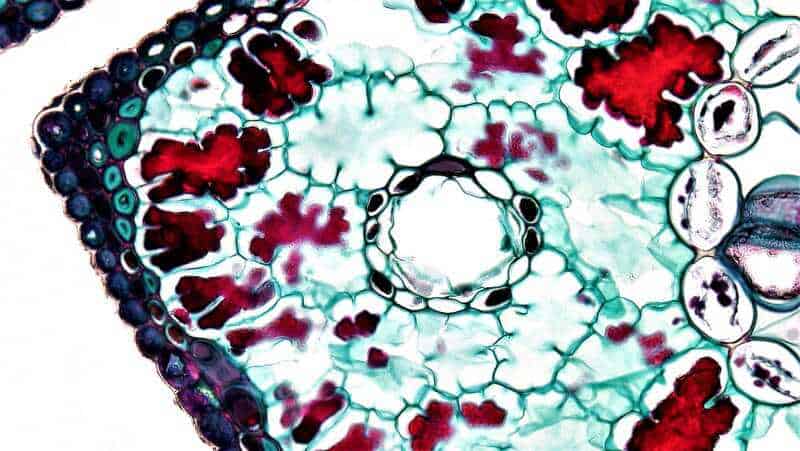
Nitrogen is essential for life, forming the backbone of proteins and DNA.
This element is produced in stars through intricate fusion reactions, then scattered across the galaxy by stellar explosions.
The nitrogen woven into your cells is truly ancient, a direct inheritance from generations of long-dead stars.
Royal Society of Chemistry
6. Calcium: From Exploding Stars to Bones

Calcium, the mineral that gives strength to your bones and teeth, is created in the catastrophic supernova explosions of massive stars.
These cosmic events eject calcium into the universe, where it ultimately becomes part of planets and, much later, living beings.
The calcium in your skeleton is a tangible remnant of these ancient explosions—a physical connection to the violent, creative history of the cosmos.
Live Science
7. Phosphorus: Essential for Life, Made in Stars
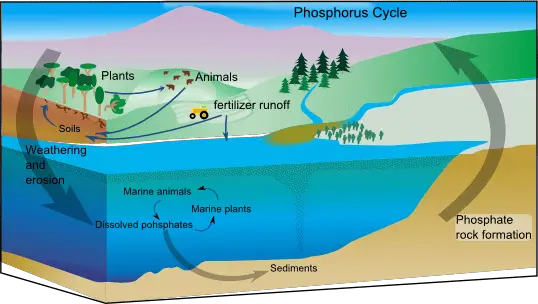
Phosphorus is vital for life, forming a key part of DNA, energy metabolism, and cellular structures.
Like many other elements in your body, it is forged in the hearts of massive stars and released during their spectacular deaths.
The cosmic origin of phosphorus underscores how the fundamental building blocks of life are truly universal.
American Chemical Society
8. Potassium: Stardust in Every Cell
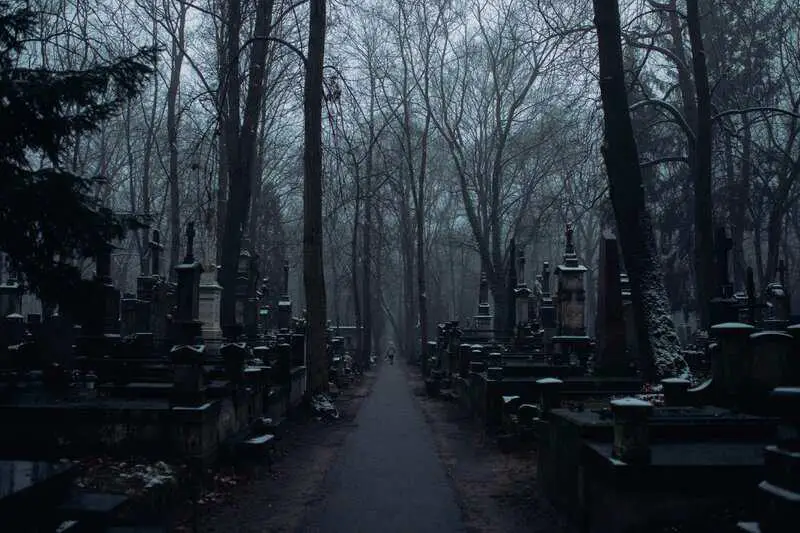
Potassium is essential for nerve signals and maintaining cellular balance.
This vital element is another gift from stellar nucleosynthesis, created in dying stars and scattered across the cosmos.
Every potassium atom in your body once belonged to a star, linking your biology to the universe’s epic story.
National Geographic
9. Iron: The Core of Stars—and Your Blood

Iron, the element at the heart of hemoglobin, is essential for transporting oxygen through your bloodstream.
This metal was forged in the dense, hot cores of massive stars and later scattered throughout the galaxy by powerful supernova explosions.
The iron in your blood today is a remnant of these cosmic cataclysms—an enduring connection to the universe’s most dramatic events.
Smithsonian Magazine
10. Sulfur: Connecting Stars and Life
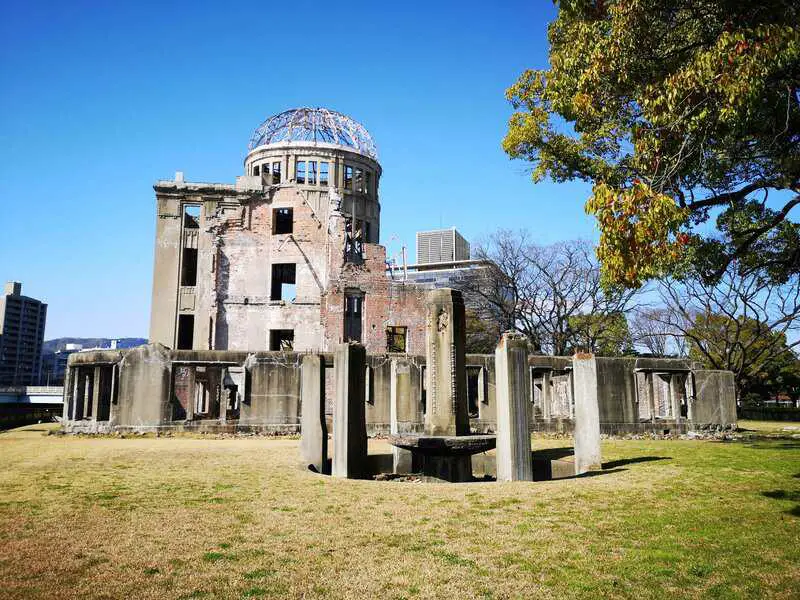
Sulfur is crucial for protein structure and metabolism, and its atoms are born in supernova explosions.
These atoms are then flung into space, eventually becoming part of planets and living organisms.
The sulfur in your body has cycled through generations of stars, connecting your biology to a cosmic lineage.
Berkeley Lab
11. Sodium: Cosmic Origins of an Essential Ion

Sodium, a critical ion for nerve and muscle activity, is also born in the explosive deaths of stars.
Ejected by supernovae, sodium atoms eventually find their way into living organisms.
The sodium in your body carries a legacy that reaches back to the earliest generations of stars.
Periodic Table – Los Alamos National Laboratory
12. Magnesium: A Star-Forged Mineral
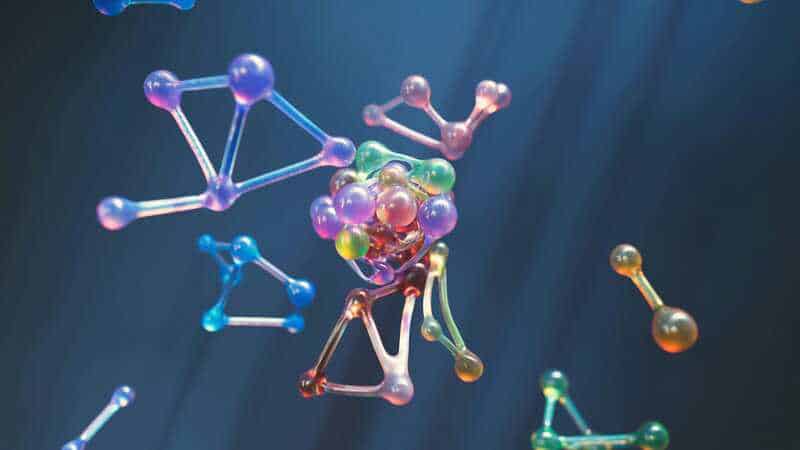
Magnesium plays a critical role in energy production and muscle contraction.
This mineral is forged during nuclear fusion inside stars before being expelled into space.
The magnesium enabling your muscles to move was once part of a distant, shining sun.
NASA Astrophysics
13. Trace Elements: Ancient yet Essential
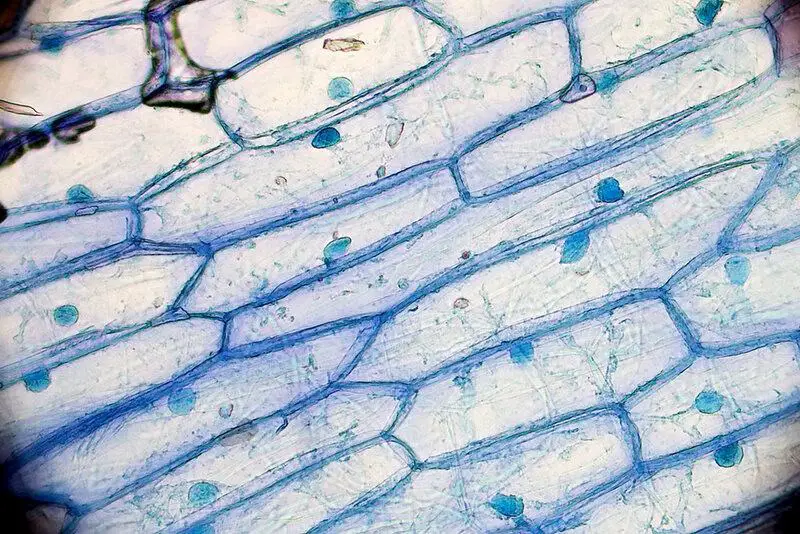
Trace elements such as zinc, copper, and manganese are vital for countless biological functions.
These elements were created in stars and have been recycled through countless planetary systems across billions of years.
Their presence in our bodies underscores not just their importance for health, but also their cosmic and ancient origins.
Harvard T.H. Chan School of Public Health
14. The Constant Exchange of Electrons
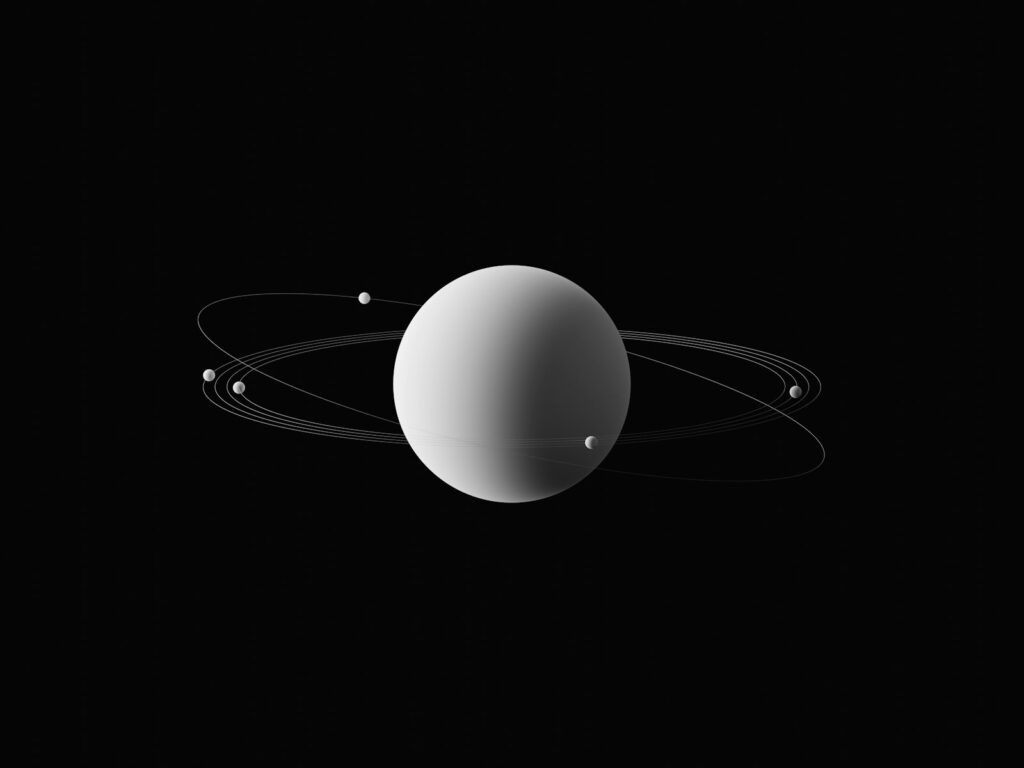
Although the atomic nuclei in your body are incredibly ancient, the electrons orbiting them are in a never-ending dance.
Atoms constantly exchange electrons as they form and break bonds, resulting in a ceaselessly shifting electron arrangement.
This perpetual exchange is fundamental to every chemical reaction in your body, powering all of biology’s vital processes.
Khan Academy
15. Carbon-14: The Exception to the Rule
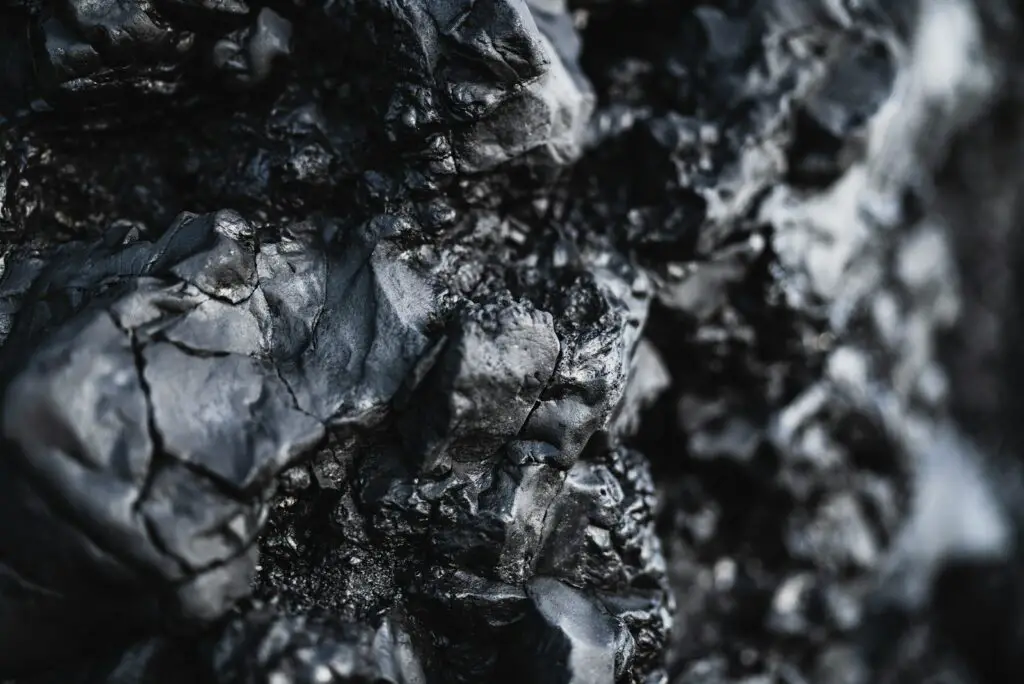
Carbon-14 is a fascinating exception among the atoms in your body.
Unlike the stable, ancient carbon-12, carbon-14 is radioactive, decaying with a half-life of about 5,730 years.
Cosmic rays in the atmosphere constantly generate new carbon-14, which enters the food chain and is absorbed by living beings.
As a result, the carbon-14 in your body is frequently renewed and only a few thousand years old.
U.S. Geological Survey
16. The Cosmic Cycle of Carbon-14

Because of its relatively short half-life, carbon-14 atoms in your body are never older than about 60,000 years.
As you eat, drink, and breathe, you’re constantly taking in new carbon-14 and losing the old, maintaining a steady cycle.
This perpetual renewal sets carbon-14 apart from all other atoms in your body.
Radiocarbon Webinfo
17. Radiocarbon Dating: Science and Human History

The remarkable properties of carbon-14 make it invaluable for radiocarbon dating.
By measuring how much carbon-14 remains in organic materials, scientists can estimate the age of artifacts and fossils up to 50,000 years old.
This technique has revolutionized archaeology and our understanding of human history.
National Park Service
18. Atoms Are Recycled Continually
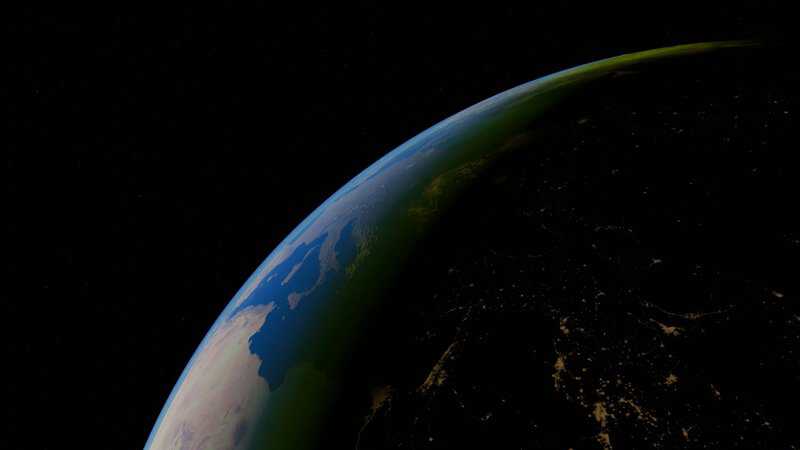
Atoms are never static—they journey endlessly through air, water, soil, and living beings in cycles that span millions or even billions of years.
The atoms making up your body today may have once belonged to ancient creatures, trees, or even rocks.
This grand recycling connects all life and matter on Earth.
BBC Earth
19. The Human Body: A Cosmic Mosaic

Every person is a tapestry woven from atoms forged in stars, supernovae, and cosmic collisions.
Your body is a living mosaic, pieced together by the universe’s most dramatic events.
This remarkable reality highlights our profound connection to the cosmos and the shared history across all matter.
National Geographic
20. The Ongoing Story of Matter

The saga of atoms is never-ending—they travel from star to planet, and from one living being to another across eons.
With every breath you take and every meal you eat, you participate in this eternal cosmic narrative.
Each heartbeat connects you to the universe’s grand and continuing story.
Space.com
A Universe Within: Embracing Our Cosmic Heritage
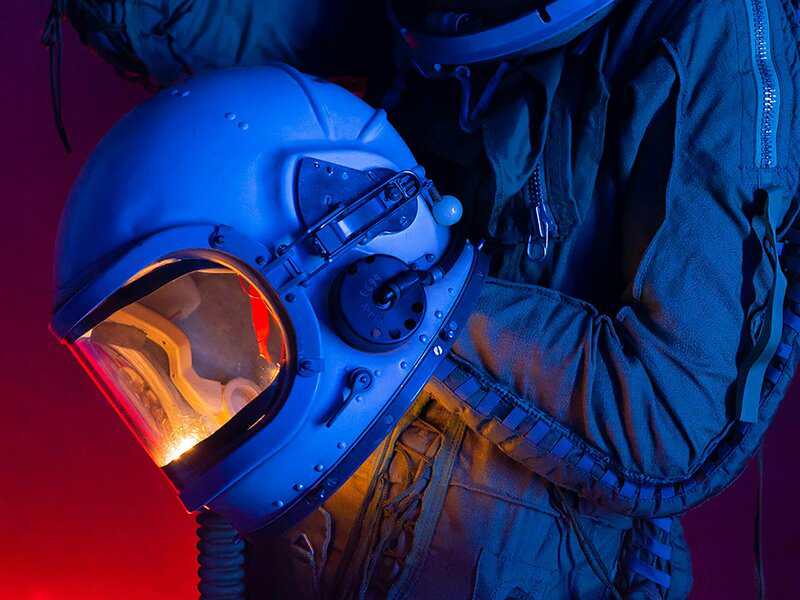
The atoms that shape our bodies carry the legacy of the cosmos, their origins stretching back to the birth of the universe.
All elements within us—except for the ever-renewing carbon-14—are ancient, forged in the hearts of stars and scattered by supernovae.
Recognizing this extraordinary lineage connects us deeply to the universe and to each other.
We are living proof of the cosmos’s ongoing story—reminders that each of us is, quite literally, made of star-stuff.

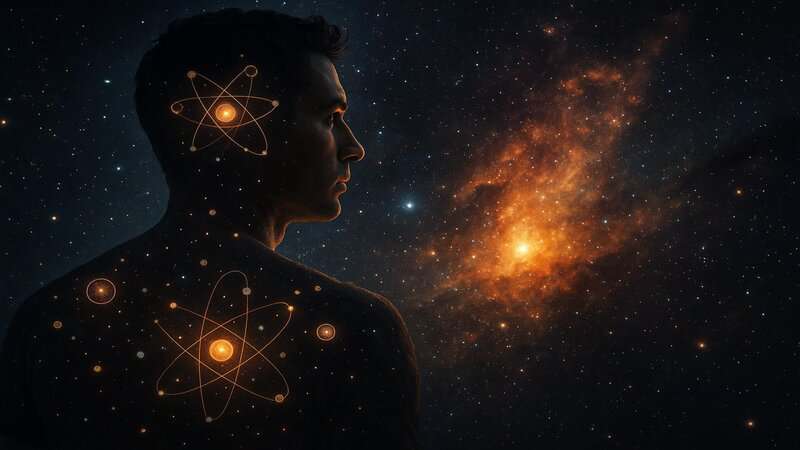

Vielleicht interessiert es Sie:
Wussten Sie! Minensuchratten auf dem Schlachtfeld und sie sind super effektiv!
Wie viele Giraffenarten gibt es? Leben sie alle in Afrika?
Der Vogel ist das Weibchen der Vögel: wahr oder falsch?
Warum bauen Biber Dämme? Welchen Nutzen?
Warum leben manche Tiere nachtaktiv? Welche Vorteile?
Küssen Tiere? Ist das die gleiche Bedeutung wie Menschen?
200+ Hilarious Seahorse Jokes That Will Make You Smile and Giggle
200+ Funny Investment Jokes to Boost Your Financial Humor Game